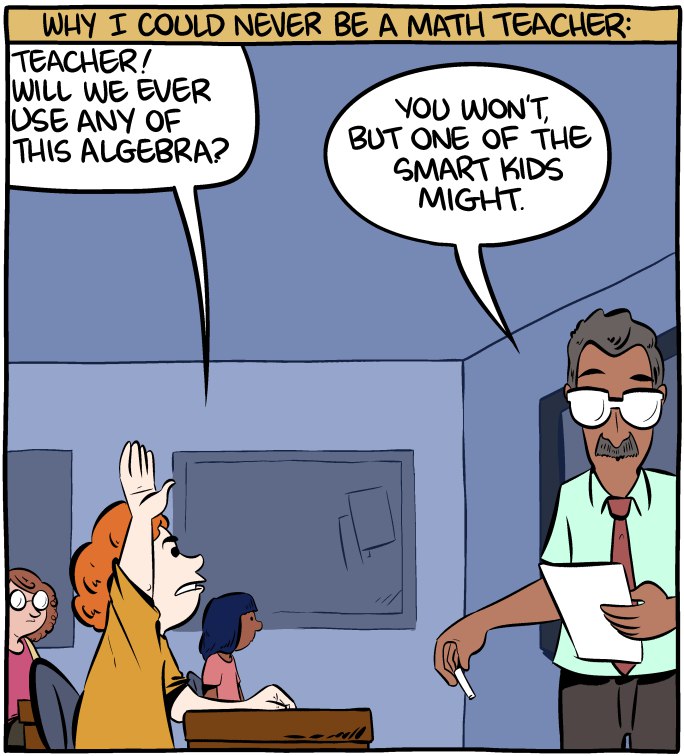Join devRant
Do all the things like
++ or -- rants, post your own rants, comment on others' rants and build your customized dev avatar
Sign Up
Pipeless API

From the creators of devRant, Pipeless lets you power real-time personalized recommendations and activity feeds using a simple API
Learn More
Related Rants

 Math is hard.
Math is hard. When you wanted to know deep learning immediately
When you wanted to know deep learning immediately :)) finally a good answer
:)) finally a good answer
If we can transform the search space or properties of a product into a graph problem
we could possibly use Kirchhoff's theorem to reveal products which are 'low complexity'
in particular search spaces, yeah?
Now according to
https://en.wikipedia.org/wiki/...
"n Cycle Space, A family of sets closed under the symmetric difference operation can be described algebraically as a vector space over the two-element finite field Z 2 {\displaystyle \mathbb {Z} _{2}} \mathbb{Z } _{2}.[4] This field has two elements, 0 and 1, and its addition and multiplication operations can be described as the familiar addition and multiplication of integers, taken modulo 2"
Wouldn't this relate to pollards algorithm, because it involves looking for factors of coprimes modulo N or am I mistaken?
Now, according to wikipedia, "in a group, the additive identity is the identity element of the group, is often denoted 0, and is unique."
If we make the multiplicative identity of our ring or field a tuple of the ratio of a/b for some product p, or a (and a/w, where w is the square root of p), or any other set such that n*m allows us to derive a or b, we could reduce the additive identity to the multiplicative identity, making the ring trivial. Solving for p would then mean finding a function from R to R, mapping every number to 0, i.e. finding the additive identity.
Now in a system with a multiplication operation the distributes over addition, the "additive
identity annihilates ring elements", so naturally, the function that maps to 0, gives us
our additive identity, we need only find the subset, no?
Forgive me if I'm wrong, but shouldn't this be convertible to a graph search?
I'm WAY out of my depth here so if anyone is familiar and can enlighten me I'd be grateful.
It's all unknown unknowns to me.
random
pollars algorithm
algebra
math
graph theory